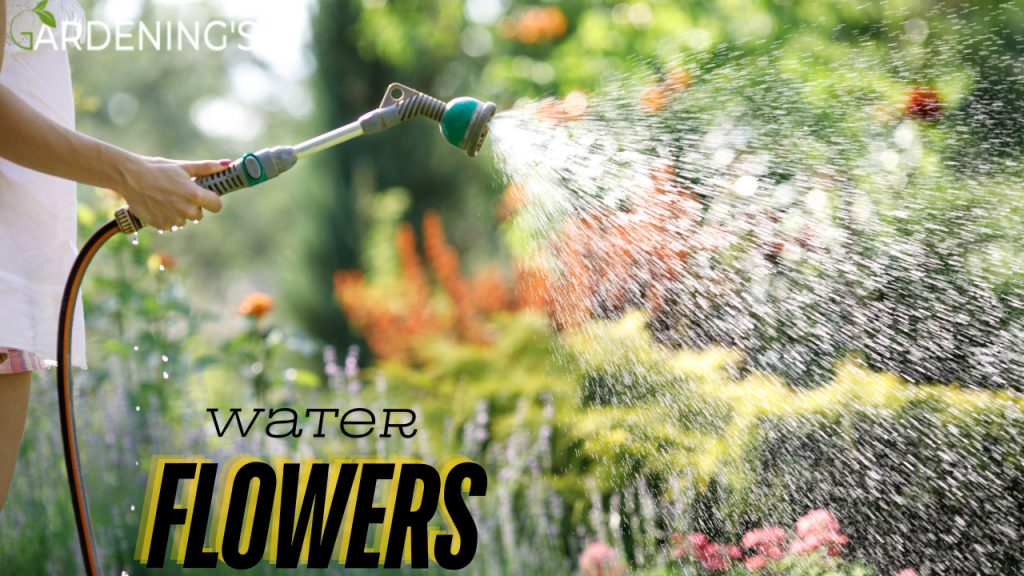Watering flowers may seem like a simple task, but it’s a crucial aspect of gardening that directly impacts the health and vitality of your plants. Proper watering techniques can ensure your flowers thrive, bloom beautifully, and resist diseases. In this comprehensive guide, we will delve into the art and science of water flowers, exploring everything from understanding your plants’ needs to choosing the right watering tools and techniques. Whether you’re a novice gardener or a seasoned enthusiast, mastering the art of watering will elevate your gardening experience and reward you with a flourishing garden.
Understanding Your Plants’ Watering Needs

Before delving into the practicalities of watering, it’s essential to understand the specific watering needs of different types of flowers. Factors such as plant species, soil type, climate, and season all influence how much water your flowers require.
- Plant Species and Varieties: Different flowers have varying water requirements. For instance, drought-tolerant plants like succulents need infrequent watering, while tropical flowers may require more moisture.
- Soil Type: Soil composition affects water retention and drainage. Sandy soils drain quickly and require more frequent watering, whereas clay soils retain moisture longer.
- Climate and Season: Hot, dry climates necessitate more frequent watering, especially during summer. Conversely, cooler climates and rainy seasons may require less intervention.
- Stage of Growth: Newly planted flowers and those in bloom often need more water than established plants. Adjust watering frequency accordingly.
Understanding these factors will help you tailor your watering schedule to meet your plants’ specific needs, promoting healthier growth and resilience.
Tools and Equipment for Watering Flowers
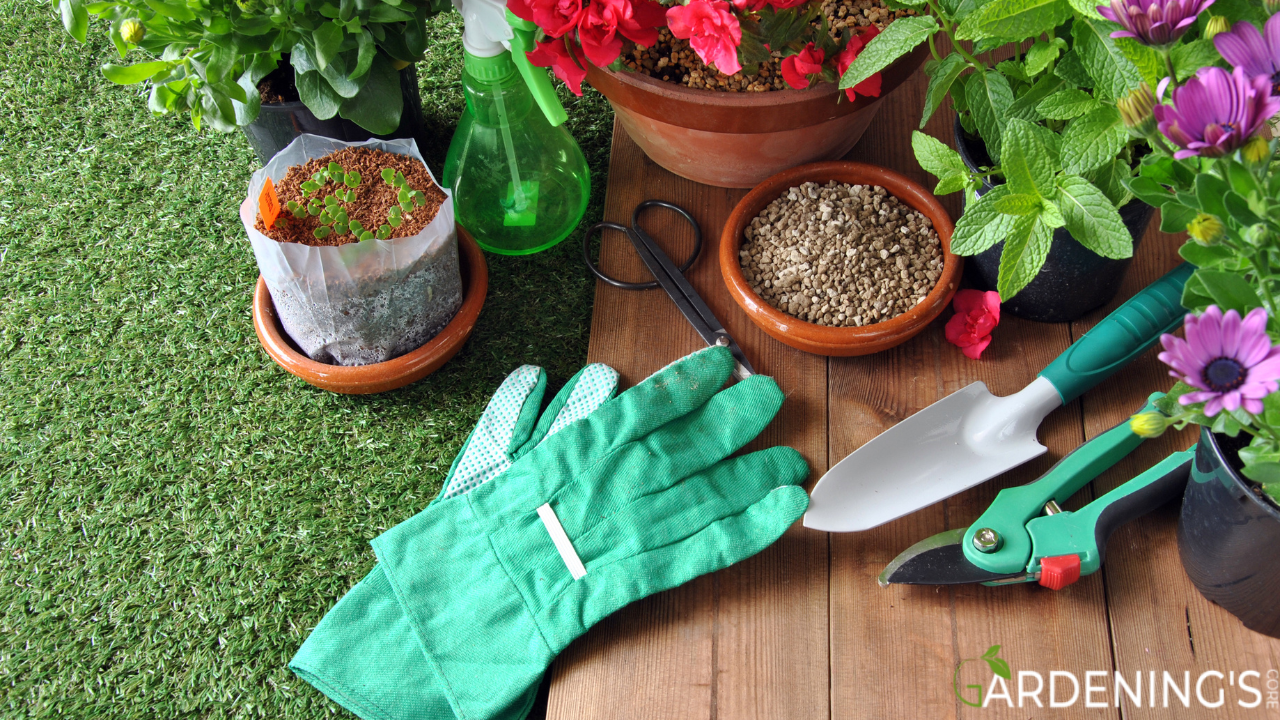
Equipping yourself with the right tools makes watering more efficient and effective. Here are some essential tools for watering flowers:
- Watering Can: Ideal for targeted watering, especially in smaller gardens or containers. Choose cans with a narrow spout for precise delivery.
- Garden Hose: Provides versatility and reach, essential for larger gardens. Opt for hoses with adjustable nozzles to control water flow.
- Sprinklers: Perfect for evenly watering large areas. Select sprinklers based on your garden size and water pressure.
- Drip Irrigation Systems: Automated systems that deliver water directly to the soil at a slow rate. Ideal for conserving water and ensuring roots receive adequate moisture.
- Soaker Hoses: Similar to drip irrigation but in hose form, they release water along their length, minimizing evaporation.
Choosing the right tool depends on your garden size, layout, and personal preference. Experiment to find what works best for you and your plants.
Best Practices for Watering Flowers
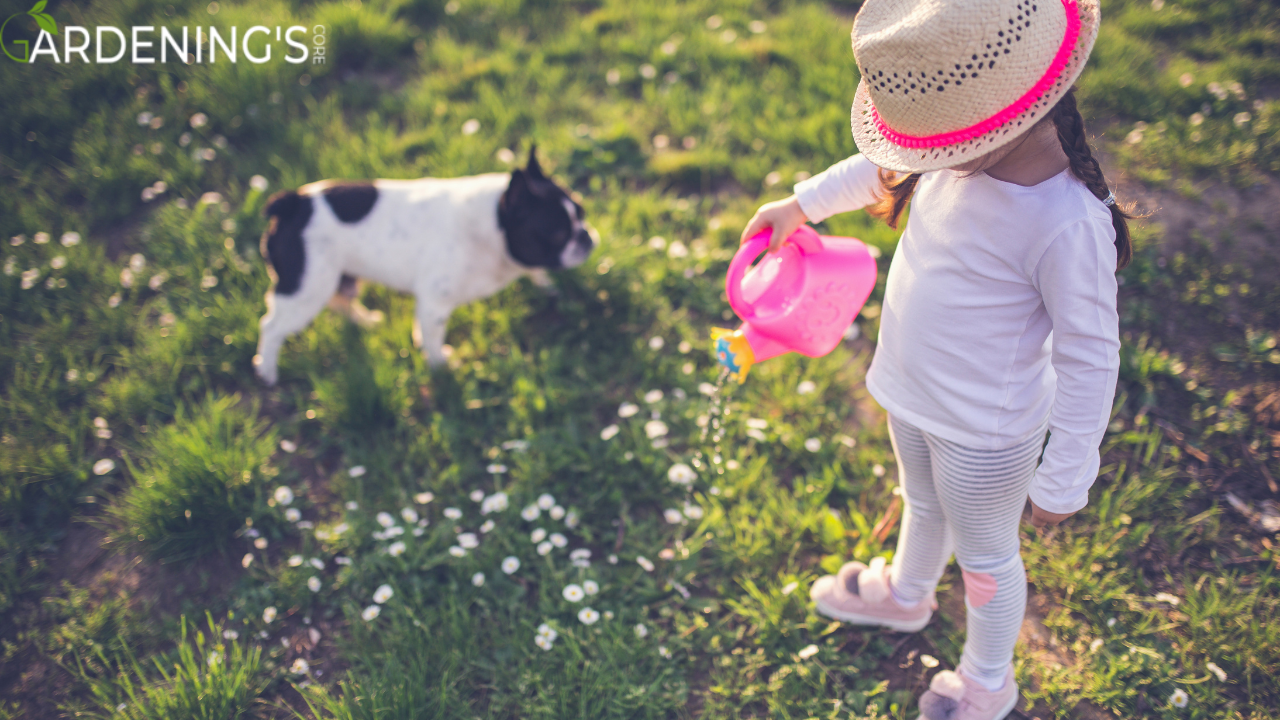
Now that you’re equipped with the knowledge and tools, let’s explore best practices for watering flowers:
- Water Early in the Day: Morning watering minimizes water loss due to evaporation and allows foliage to dry during the day, reducing the risk of fungal diseases.
- Water at the Base: Direct water to the soil around the plant base rather than wetting the foliage. This targets the roots where water uptake occurs.
- Deep Watering: Ensure water penetrates deep into the soil, encouraging deep root growth and drought resistance. Shallow watering promotes shallow roots.
- Water Consistently: Establish a regular watering schedule based on your plants’ needs and local climate. Consistency helps plants develop strong root systems.
- Monitor Moisture Levels: Check soil moisture regularly by digging a few inches into the soil. Water when the top inch feels dry, but avoid overwatering, which can suffocate roots.
- Mulch: Apply a layer of organic mulch around plants to retain soil moisture, regulate soil temperature, and suppress weeds.
- Adjust for Rainfall: Reduce watering during rainy periods and increase during dry spells. Use rain gauges to monitor rainfall and adjust your watering schedule accordingly.
By following these best practices, you’ll ensure your flowers receive adequate moisture while promoting their overall health and vitality.
Common Watering Mistakes to Avoid
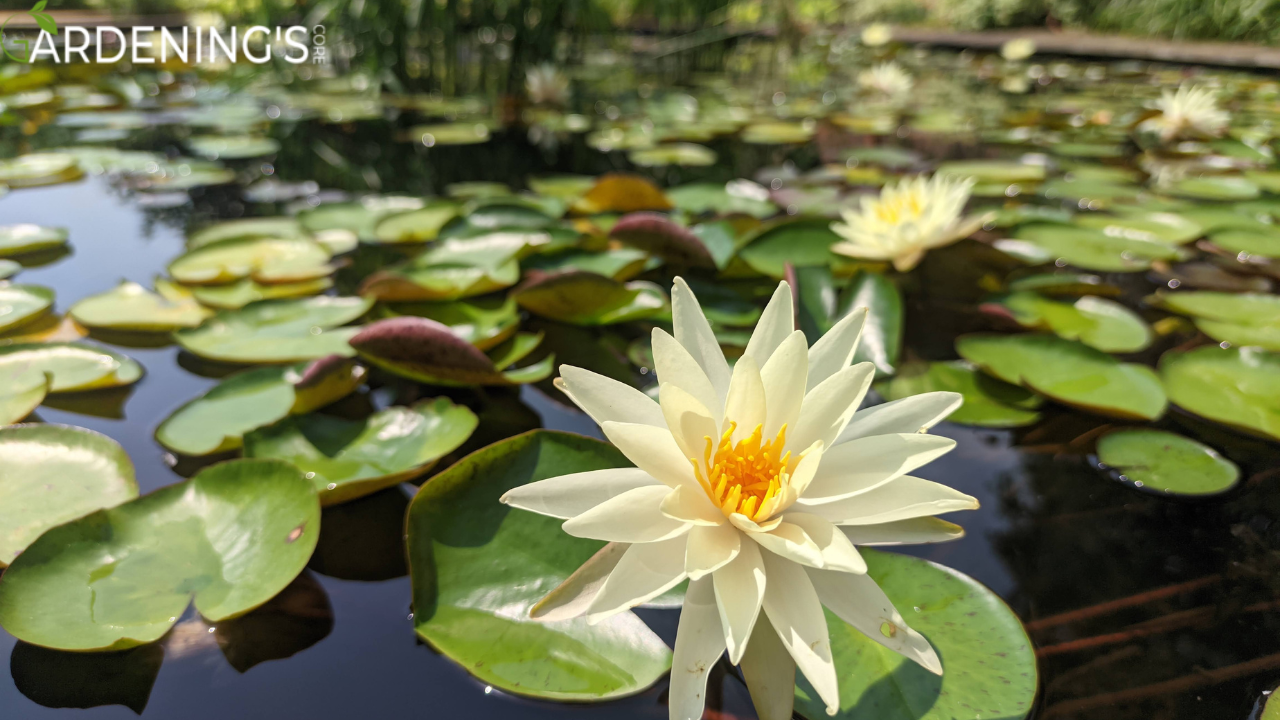
Even experienced gardeners can make mistakes when it comes to watering. Here are common pitfalls to avoid:
- Overwatering: Excessive watering can drown roots, leading to root rot and fungal diseases. Always check soil moisture before watering.
- Underwatering: Insufficient watering can stress plants, hinder growth, and cause wilting. Monitor plants closely, especially during hot weather.
- Watering Foliage: Wetting leaves increases the risk of fungal infections. Aim for soil-level watering whenever possible.
- Ignoring Soil Drainage: Poorly draining soils can lead to waterlogged roots. Improve soil structure with organic matter to enhance drainage.
- Inconsistent Watering: Fluctuating moisture levels can stress plants. Establish a reliable watering schedule and stick to it.
Avoiding these mistakes will help maintain a healthy balance of moisture in your garden, fostering robust plant growth and resilience.
Advanced Watering Techniques
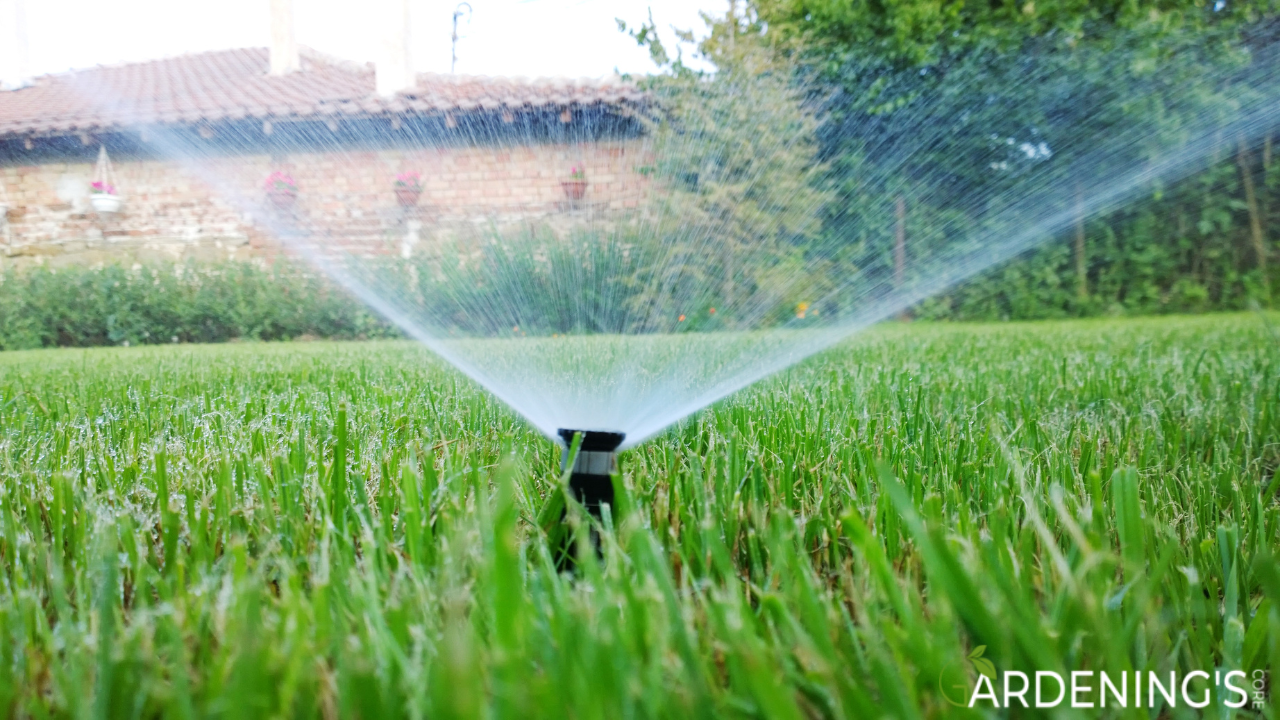
For those looking to maximize water efficiency and plant health, consider these advanced techniques:
- Deep Root Watering: Use a root watering tool or a soaker hose to deliver water directly to deeper soil layers, encouraging deep root growth.
- Watering According to Plant Type: Group plants with similar water needs together to simplify watering schedules and ensure each plant receives appropriate moisture.
- Hydrozoning: Designate areas of your garden with similar water requirements. This allows for more efficient watering practices tailored to specific zones.
- Rainwater Harvesting: Collect rainwater in barrels or cisterns for use during dry periods. Rainwater is free of chemicals and naturally beneficial for plants.
- Smart Irrigation Systems: Install timers or moisture sensors to automate watering based on soil moisture levels or weather forecasts, optimizing water usage.
Implementing these techniques requires careful planning and observation but can significantly enhance your garden’s sustainability and health.
Conclusion
Mastering the art of watering flowers involves understanding your plants’ needs, choosing the right tools, and adopting best practices that promote optimal growth and health. By tailoring your watering approach to your specific garden conditions and plant requirements, you’ll create an environment where flowers thrive and flourish. Remember, successful gardening is a journey of learning and adaptation. With each season, refine your techniques and observe how your plants respond. Through dedication and care, your garden will become a testament to the rewards of thoughtful watering practices.
Embrace the joy of nurturing your flowers through proper watering, and enjoy the beauty and tranquility they bring to your outdoor space. Happy gardening!

